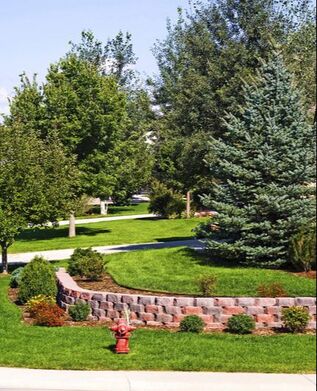 Landscapers are beginning to see an increase in the number of requests for retaining walls for residential and commercial properties. Retaining walls are sometimes necessary. You might be thinking, “What’s a retaining wall?” Well, you’ll be pleased to know that having a retaining wall in your yard is more sensible than you might think. What Exactly is a Retaining Wall? A retaining wall is something that retains and holds the soil. It works just like a damn. It guarantees that your property ground is well-tended to and intact. However, most people don’t even notice a retaining wall. Also, retaining walls are a vital part of any landscape, adding incredible dynamics to your outdoor area. For many years, various retaining wall materials have contributed to making the world in which we live. Retaining Wall Materials Retaining walls can be built from many material types, including treated timbers, boulders, concrete blocks, rocks, or poured concrete. They can all maintain the soil. There are advantages like being simple to use and setbacks like a short life span, based on what material you pick. The first question you have to ask yourself is whether you want a geogrid reinforced wall or a gravity wall. To determine which one you want, ask yourself the questions below:
Geogrid Reinforced Wall vs. Gravity Retaining Wall Once you’ve answered the questions above, you’ll be able to choose between a geogrid reinforced wall or a gravity retaining wall. A gravity retaining wall is contingent on its weight. It's typically shorter in height. You construct this type of wall using Allan blocks, mounded together, and fastened into place. A reinforced retaining wall uses extra support to deliver extra strength. Geogrid is then put in between the various wall blocks, creating a firm soil mass. If you aren’t sure which wall will work best for your landscape, contact a professional tree contractor to test the soil in your yard to help you decide. Comments are closed.
|
© Tree Service York PA 2016-2020
Leaders Heights | Jacobus | Emigsville | Mount Wolf | Manchester| Marietta | Bainbridge | Wrightsville | Dallastown |Windsor | East Prospect |York Haven | Red Lion | Dover | Loganville | Seven Valleys
Tree Service York PA
2536 Eastern Blvd #102
York, PA 17402
(717) 216-4888
2536 Eastern Blvd #102
York, PA 17402
(717) 216-4888
